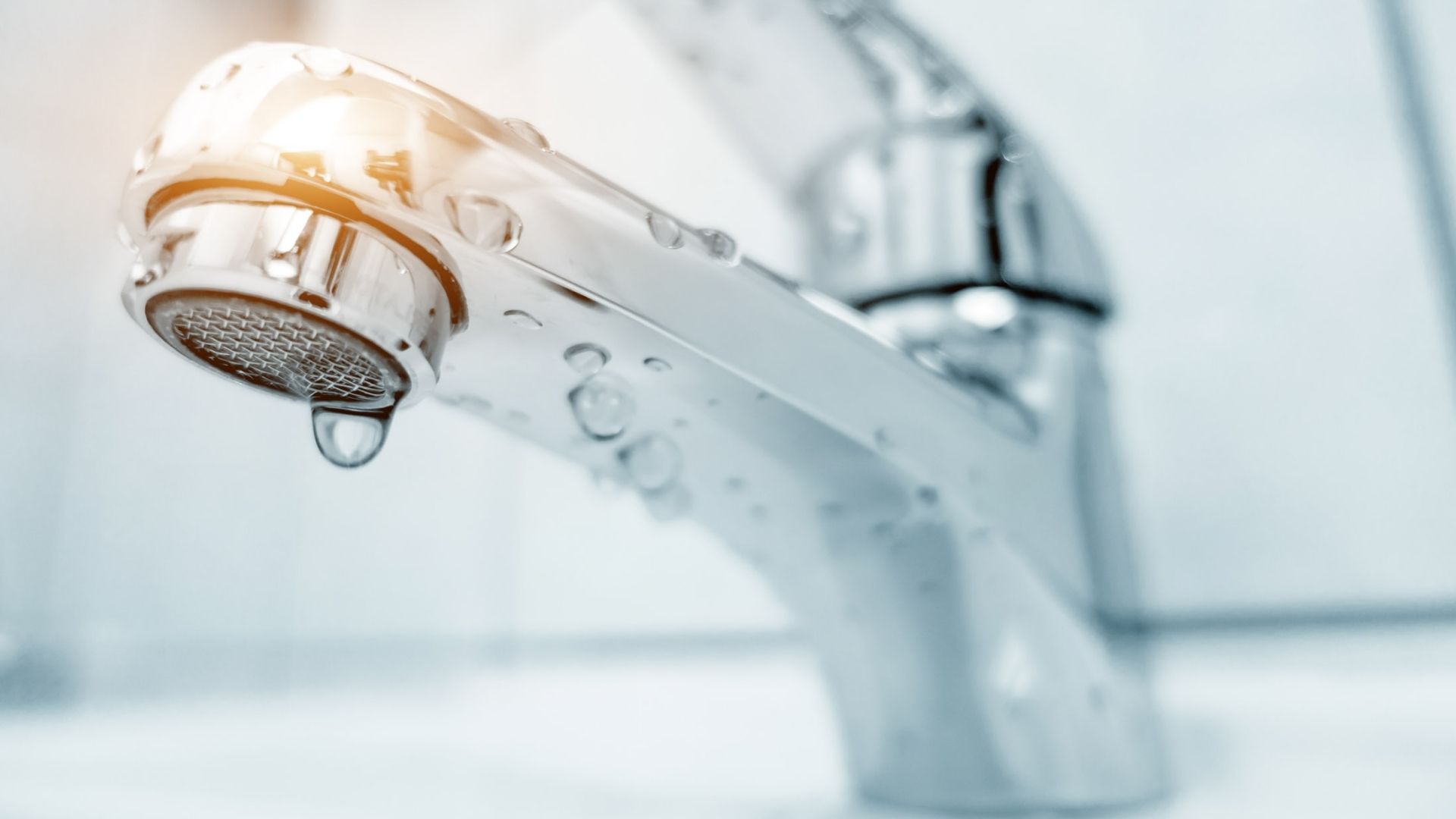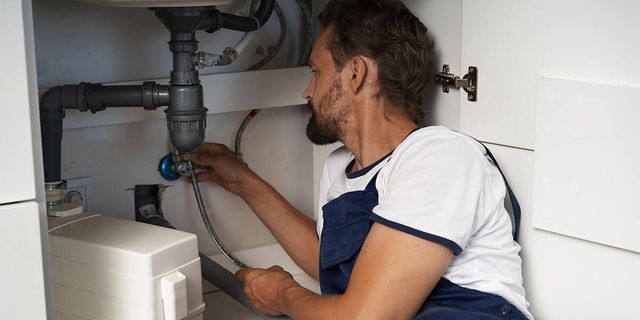What're your ideas regarding Low Water Pressure in the House??

Low water pressure in your home can be an aggravating issue, impacting whatever from showering to washing dishes. If you're experiencing weak water flow, there are several possible reasons and remedies to discover. In this overview, we'll talk about common reasons for low tide stress and functional steps to deal with the issue effectively.
Intro to Low Tide Pressure
Low water pressure takes place when the circulation of water from your faucets, showers, and various other components is weaker than usual. This can make daily jobs a lot more challenging and much less reliable. Comprehending the reasons for low water stress is vital to discovering the right service.
Common Sources Of Low Water Stress
Faulty Pressure Regulatory Authorities
Pressure regulatory authorities are accountable for keeping constant water stress in your home. If they malfunction, it can result in low tide pressure or irregular flow throughout your house.
Community Water Issues
Often, the problem lies outside your home. Local water supply problems, such as main line leakages or maintenance job, can temporarily decrease water stress in your area.
Pipeline Obstructions
Gradually, pipelines can become obstructed with natural resource, debris, or debris, restricting the circulation of water. This is a typical issue in older homes with galvanized steel pipes.
Corrosion
Rust within pipelines can cause leaks and lowered water stress. Corrosion build-up can tighten water circulation, particularly in aging plumbing systems.
How to Identify Low Tide Pressure
Examining Pipes
Inspect noticeable pipelines for indications of leaks, corrosion, or obstructions. Focus on any type of unusual sounds, such as knocking or rattling pipes, which could show concerns within the plumbing system.
Consulting with a Plumber
If you're not able to identify the root cause of low water pressure, take into consideration employing an expert plumber to conduct a comprehensive inspection. They can identify underlying concerns and suggest suitable solutions.
Examining Faucets and Components
Begin by evaluating the water stress at various faucets and fixtures throughout your home. If the problem is isolated to details areas, it might suggest local problems.
Do It Yourself Solutions to Fix Low Tide Pressure
Flushing Hot Water Heater
Sediment buildup in the hot water heater can restrict circulation and decrease efficiency. Flushing the container periodically helps remove sediment and maintain optimum efficiency.
Inspecting Stress Regulatory Authority
Guarantee that the stress regulatory authority is working appropriately. Changing or replacing the regulator can help recover appropriate water stress throughout your home.
Cleansing Aerators and Showerheads
Mineral deposits can accumulate in aerators and showerheads, decreasing water circulation. Remove and cleanse these elements routinely to boost water stress.
Clearing Clogs in Pipes
For small blockages, try making use of a plumbing snake or chemical drain cleaner to clear blockages in pipelines. Beware when utilizing chemicals and follow safety guidelines.
When to Call a Specialist Plumber
If do it yourself initiatives stop working to solve the issue or if you suspect substantial plumbing troubles, it's ideal to look for support from a certified plumber. They have the experience and devices to deal with intricate problems safely and effectively.
Preventive Measures to Maintain Water Stress
Installing a Pressure Booster
Consider mounting a pressure booster pump to improve water pressure in areas with regularly reduced flow. This can be particularly helpful for multi-story homes or residential properties with high-demand fixtures.
Tracking Water Use
Be mindful of water use routines and avoid ill-using the plumbing system. Straightforward modifications, such as shocking showers and washing loads, can aid preserve sufficient water pressure.
Routine Upkeep
Set up routine maintenance for your plumbing system to stop concerns such as corrosion, leaks, and obstructions. Resolving minor problems early can help prevent more considerable fixings later.
Conclusion
Dealing with low water pressure can be frustrating, however determining the underlying causes and carrying out ideal solutions can restore optimal flow throughout your home. Whether it's cleaning aerators, examining pipes, or talking to a plumber, taking positive steps can guarantee a constant supply of water for your day-to-day requirements.
How to Fix Low Water Pressure In Your Home
Municipal Water Supply Issues
Scheduled maintenance, high demand, and water main breaks are all potential causes for low water pressure within a city or county’s water lines. While there’s not much you can do to personally fix a problem with your city or county’s water supply system, you can play a big role in documenting the issue and alerting those who can.
How to fix it:
Ask your neighbors if they are experiencing any issues with low water pressure. If multiple homes are affected, it’s likely related to the city’s water line. Contact the local Water Authority to see if there is any maintenance taking place that might be affecting your supply. Also let them know of your specific issues. If other homeowners report the same issues, they’ll know that there could be a larger issue to look into. Faulty Fixtures
A damaged or clogged shower head, faucet or appliance is the first thing we’d suggest checking, especially if low water pressure appears to be isolated to a specific area of your home.
How to fix it:
First, turn off the main water supply to your home. Check the affected appliances for build-up or debris. In the case of a faucet, you can simply unscrew the aerator at the tip of the faucet. Showerheads should be fully detached from the water pipe. While the appliances are detached, you may want to check the water supply to determine if the fixtures were in fact the issue. To clean, soak the showerhead or aerator in vinegar and brush off any visible debris. Reattach the fixtures and check the water pressure again. If it is still low, there is likely a deeper issue at hand, which can be determined by a professional plumber. Pipe Obstructions
Mineral deposits, rust or other debris within water pipes can lead to blockages or corrosion over time.
How to fix it:
When you think of a clog, you probably think of a drain clog. While there are many DIY solutions to clearing a drain, clogs in a water pipe will almost always require the help of a professional plumber. A plumber will be able to locate the affected pipe and clean out any debris or mineral deposit buildup. In severe cases, the pipe may need to be replaced. Your plumber might also recommend a water softening system to remove the minerals from your home’s water supply that can contribute to pipe blockages over time.
Plumbing Leak
Undetected water line leaks can divert water away from your residential pipes, reducing the water pressure in your fixtures.
How to fix it:
Check your water meter by turning off all water sources and monitoring the meter for any movement, which could be a clear indicator of a potential leak. Check all visible pipes for signs of leaking, including water stains, active dripping or damp spots around the pipe. Inspect fixtures, including faucets and showerheads, for any drips. Test the pressure but recording the pressure with the main water valve shut off. Leave off for a few hours and test again. A significant drop in pressure is a clear sign of a leak. https://kiddcoplumbing.com/plumbing-blog/how-to-fix-low-water-pressure/

Do you like reading up on 10 Reasons for Low Water Pressure in Your House? Create a remark below. We would be delighted to see your reactions about this write up. Hoping that you come back again in the future. Liked our review? Please quickly share it. Let another person discover it. We treasure reading our article about Low Water Pressure in the House?.
Call